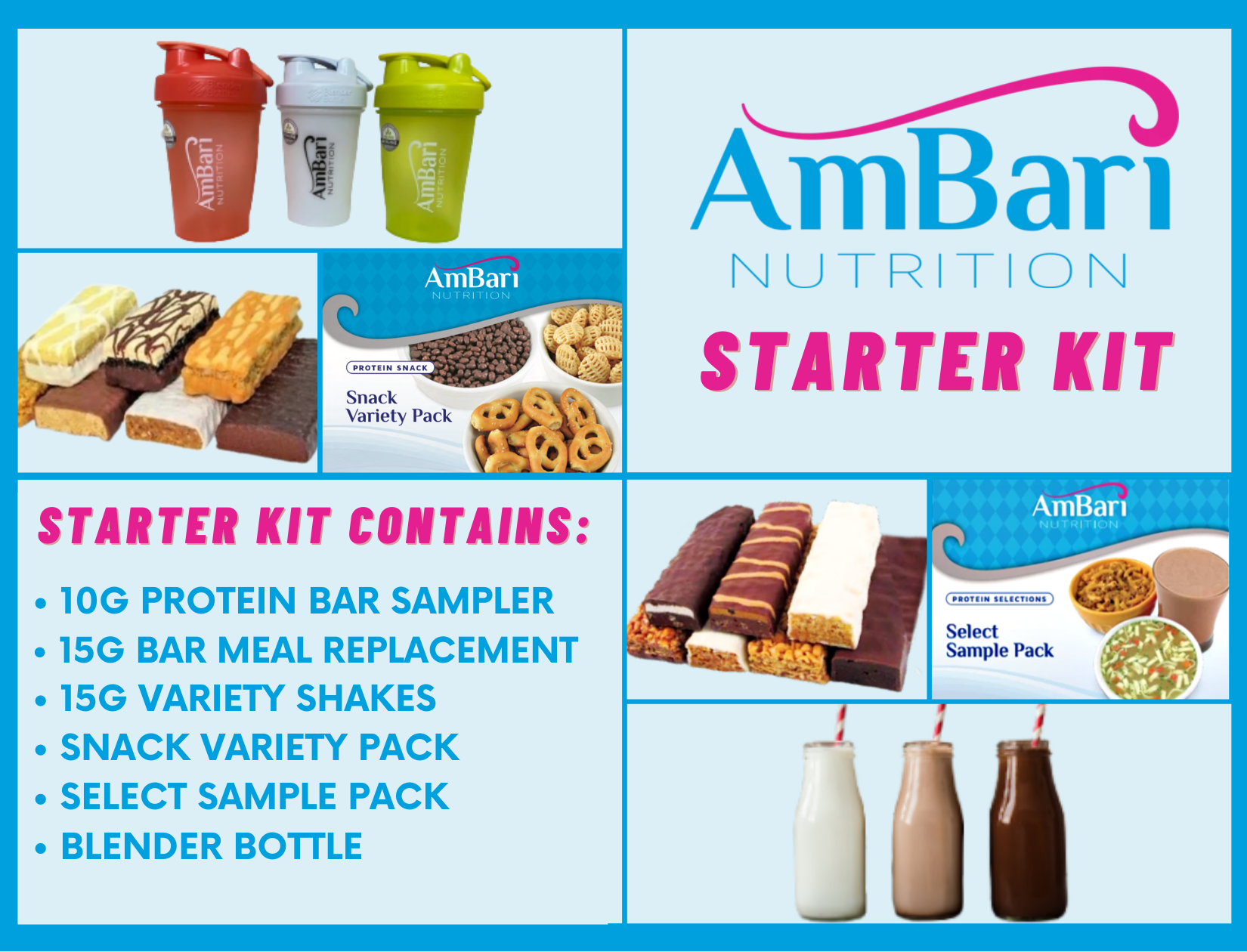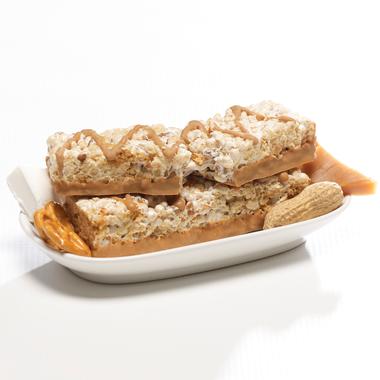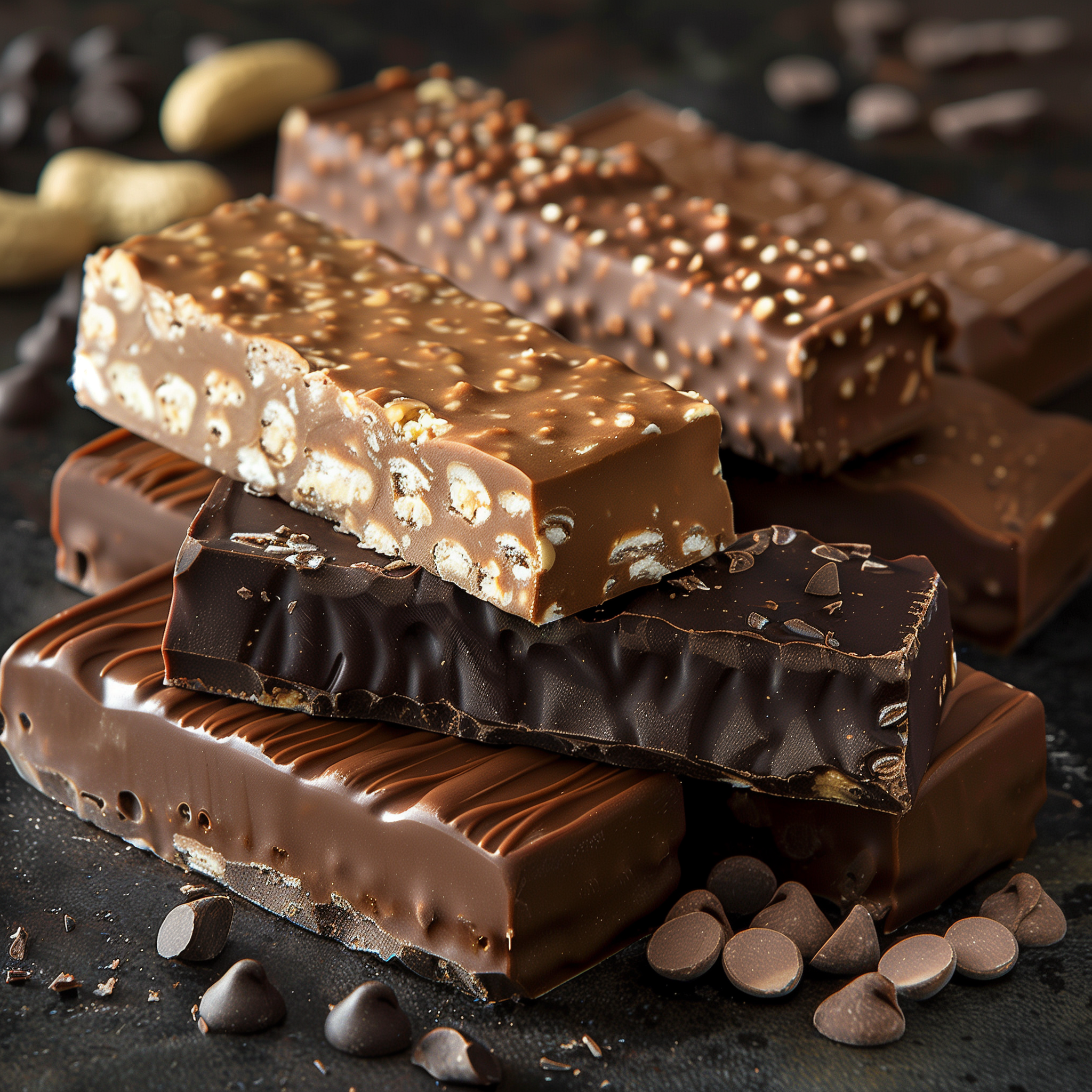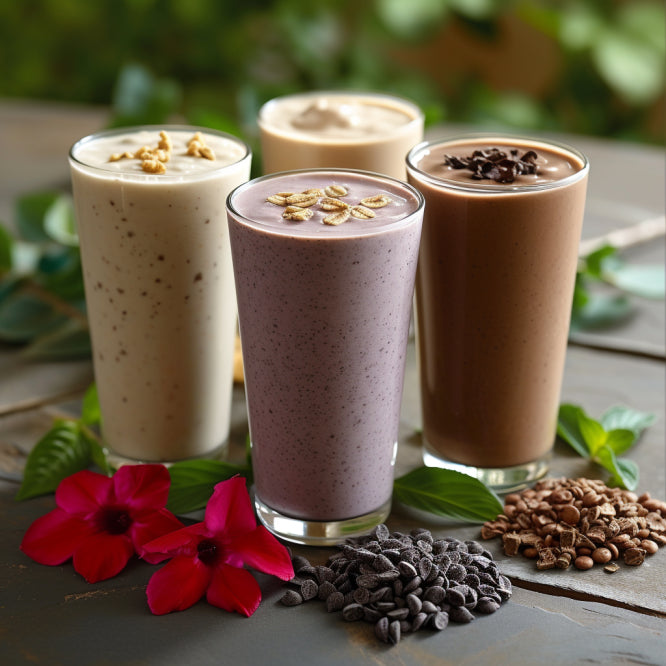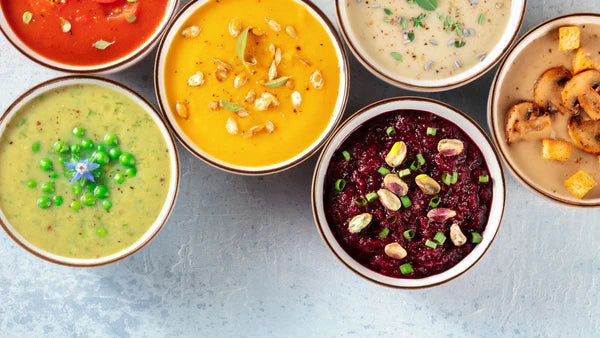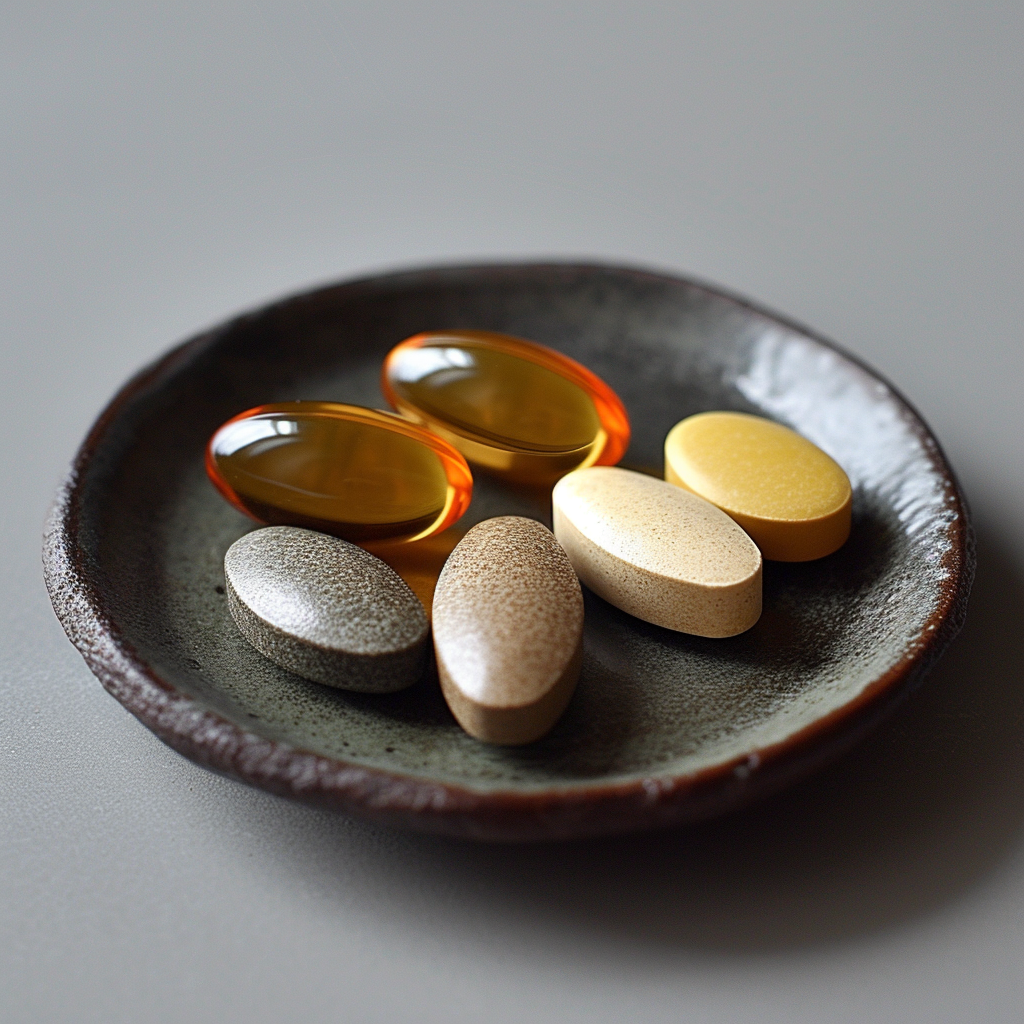Menu
Your cart is empty
Looks like you haven't added anything to your cart yet

The Health Benefits of Cold Plunges: Embrace The Cold!
Understanding Cold Plunge: What Is It?
A cold plunge is when people choose to jump into cold water, usually about as cold as your refrigerator (50 to 59°F or 10 to 15°C). It's more than just a quick thrill. It's a thoughtful activity that has been around for ages because of its great health benefits. Even though it might seem pretty intense, once you try it, you might really like it. Basically, cold plunges show us how we can use the power of nature to help improve our health.
Historical Background of Cold Plunges
Cold plunge isn't a new-age trend. In fact, it has deep historical roots. Picture this: our hardy ancestors, perhaps after a long day of hunting, would leap into icy rivers as part of their daily routine. The art of cold plunging has been embedded in various cultures across the globe. The Romans embraced the practice in their frigidarium as part of their bathing rituals. In Finland, the tradition of 'avanto' or ice swimming in a frozen lake is a cherished winter pastime. From the traditional Japanese practice of 'Misogi' to the Native American sweat lodge rituals followed by a cold plunge, this practice has a truly global footprint.
How Cold Plunge Works: The Science
Now, let's delve into the science behind cold plunges. When you first plunge into cold water, your body reacts to the sudden temperature drop. This shock stimulates the vagus nerve, one of the longest nerves in the body that plays a key role in the body's involuntary functions. This stimulation sets off a cascade of health benefits, from enhanced mood to improved immunity. Moreover, the cold water causes your blood vessels to constrict, redirecting blood flow to your vital organs, and enhancing your circulation. Additionally, the cold exposure activates 'brown fat', a type of body fat that, unlike its counterpart 'white fat', burns calories to generate heat. Fascinating, isn't it? All these responses are natural and automatic, showing just how remarkable our bodies are.
The Health Benefits of a Cold Plunge
Boosts Immune System
Taking a cold plunge can be an effective way to bolster your immune system. The initial stress caused by the cold water increases the production of white blood cells and other disease-fighting agents in your body. Over time, this can lead to a stronger immune system, helping you ward off common ailments and infections more effectively. Think of it as a natural, invigorating boost for your body's defenses.
Enhances Mood and Relieves Stress
One of the most immediate effects of a cold plunge is the rush of endorphins, also known as 'feel-good' hormones. This rush can significantly improve your mood, making you feel more positive and energized. The practice also helps to reduce levels of cortisol, the body's main stress hormone. So, feeling stressed or down? A cold plunge might just be the pick-me-up you need.
Improves Blood Circulation
Cold plunge can act as a catalyst for improving blood circulation. The cold water forces your body to circulate blood more efficiently, ensuring that oxygen and nutrients reach all your organs and tissues. Improved circulation can lead to better cardiovascular health, increased energy levels, and enhanced overall wellbeing.
Accelerates Muscle Recovery
You may have seen athletes taking ice baths after intense training sessions. The reason behind this is simple - cold water immersion helps to speed up muscle recovery. The cold temperature reduces inflammation and muscle soreness, helping your body to recover faster after physical exertion. It's a natural and effective way to soothe your muscles and get back to your workouts sooner
Enhances Sleep Quality
Another noteworthy benefit of a cold plunge is its impact on sleep quality. The relaxation response that your body experiences post-plunge can lead to improved sleep. When you immerse yourself in cold water, your body works to maintain its core temperature, which can be physically taxing. This energy expenditure can lead to a sense of tiredness, helping you sleep more soundly. Plus, the stress relief associated with cold plunges can also aid in better sleep.
How to Start Your Cold Plunge Journey

Preparation for Cold Plunge
Embarking on your cold plunge journey requires both mental and physical preparation. Mentally, it's essential to accept the initial discomfort of the cold water. Remember, your body is resilient and can handle more than you might think. Physically, start with a warm-up to get your blood flowing. Deep, controlled breathing exercises can help oxygenate your body and prepare it for the temperature drop.
During the Cold Plunge
As you enter the cold water, remain calm and controlled. The initial shock can be intense, but focusing on your breath can help manage the discomfort. It's advisable to start with short durations - even a few minutes can be beneficial. Over time, as your body adapts, you can gradually increase the immersion time.
Post Cold Plunge Routine
Once you step out of the cold water, it's time to gradually warm up your body. Gentle movement and warm clothing can help with this. Enjoy the post-plunge glow, and take a moment to notice how you feel - more often than not, you'll feel refreshed, energized, and invigorated.
Safety Precautions for Cold Plunge
Who Should Avoid Cold Plunges
While cold plunges can be highly beneficial, they're not suitable for everyone. Individuals with certain health conditions like heart disease, high blood pressure, asthma, or Raynaud's disease should consult with a healthcare professional before attempting cold plunges. Safety should always be the priority, and it's crucial to listen to your body's signals.
Conclusion
Incorporating a cold plunge into your routine can offer a multitude of health benefits, from boosting your immune system to enhancing your mood and improving sleep quality. It's a practice that invites us to step out of our comfort zone and embrace the power of the cold. However, it's essential to approach it with care, ensuring your safety and wellbeing. So, are you ready to take the plunge?
Frequently Asked Questions
How long should I stay in a cold plunge?
If you're new to cold plunging, start with short durations of around one to two minutes.
Some recommend starting with a quick dip of 30 seconds or a cold shower for beginners. Others suggest building up to five minutes in the water. As your body becomes more accustomed to the cold, you can gradually increase your immersion time.
What is the ideal temperature for a cold plunge?
A typical cold plunge has a temperature ranging between 50 to 59°F (10 to 15°C). However, it's crucial to start at a temperature that you're comfortable with and gradually reduce it over time.
Can I take a hot shower after a cold plunge?
After a cold plunge, it's advisable to gradually warm up your body. A warm shower can be beneficial, but avoid moving directly to a hot shower as the sudden temperature change might be too drastic for your body.
Can cold plunging help with weight loss?
While the primary benefits of cold plunging are related to improved circulation, stress relief, and enhanced immunity, it may also aid in weight loss. Cold exposure can boost your metabolism, potentially aiding in weight loss.
How often should I do a cold plunge?
The frequency of cold plunging is largely dependent on individual preferences and tolerance levels. Beginners should aim for no more than 10 to 15 minutes of cold exposure per week. As one builds a tolerance to the temperature, the length of the cold plunge can be extended. Some people who train or work out do cold plunges 4-6 times a week.
Can cold plunge improve skin health?
Yes, cold plunges can contribute to better skin health. The cold water can tighten the skin, reduce pore size, and help to decrease puffiness and inflammation. Moreover, by improving circulation, it can enhance the delivery of nutrients and oxygen to the skin, promoting a healthy complexion.
What is the best time for a cold plunge?
There's no 'one-size-fits-all' answer to this as the best time can depend on your lifestyle and personal preference. Some people prefer to do it first thing in the morning for an invigorating start to the day, while others prefer to do it in the evening to benefit from the sleep-enhancing effects.
- Choosing a selection results in a full page refresh.


